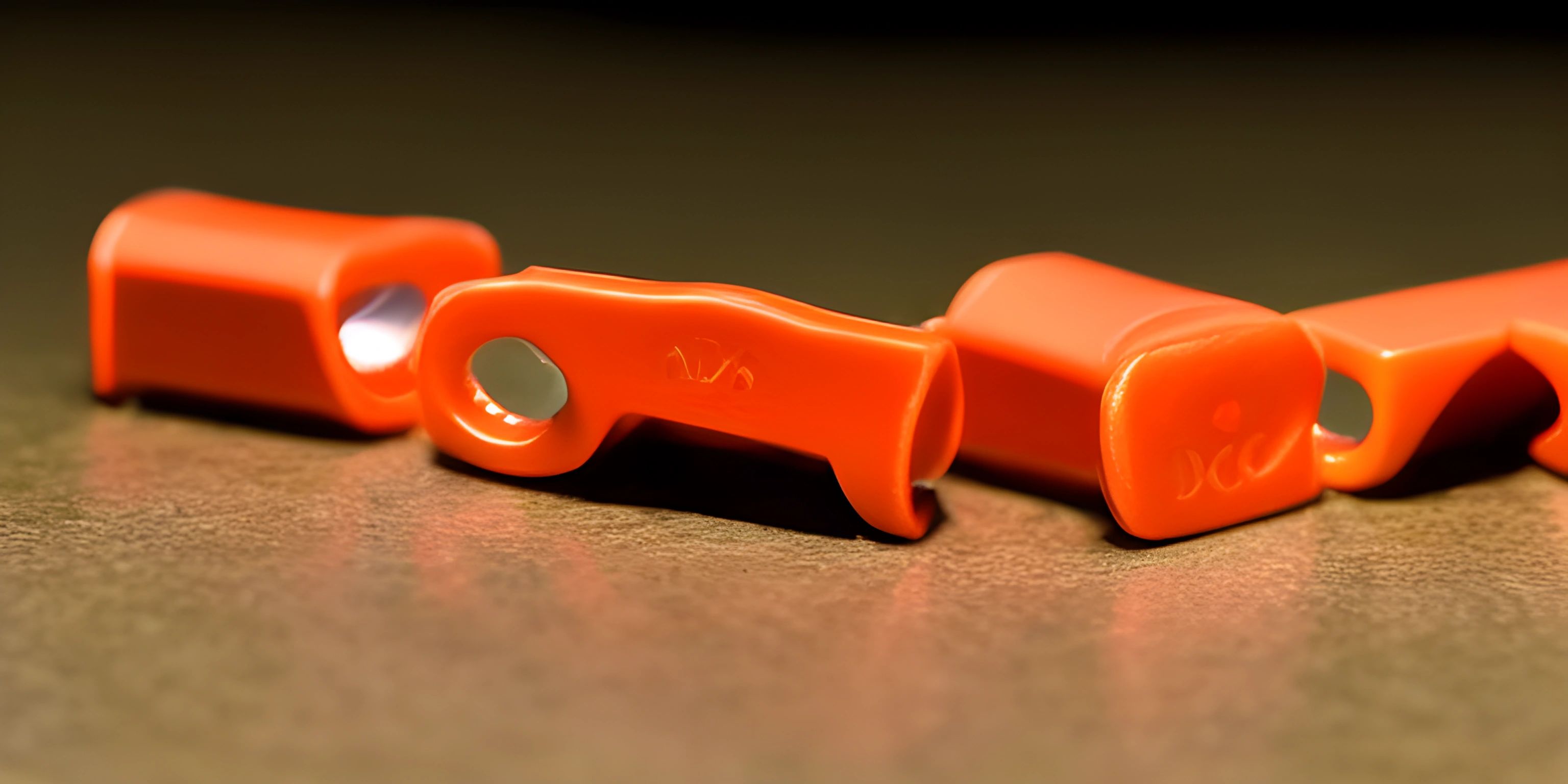MySQL WHERE Clause Usage

Note: this page has been created with the use of AI. Please take caution, and note that the content of this page does not necessarily reflect the opinion of Cratecode.
In the exciting world of database management with MySQL, the WHERE clause is your scalpel, your chisel, your precision tool. This little word can unlock a world of possibilities — enabling you to slice, dice, and query your valued data in any way you see fit. So buckle up, it's about to get WHERE-y interesting!
The WHERE Clause
The WHERE clause in MySQL is a fundamental part of SQL that allows you to filter records. The WHERE clause isn't just a suggestion — it's a command. It tells the database, "Hey, I don't want everything, just these specific records."
Imagine you're at a buffet. You don't want everything on offer (unless you're really hungry), you might only want the sushi and the roast beef. The WHERE clause is your way of saying "I'll have the sushi and roast beef, please."
A basic example of the WHERE clause in action would look something like this:
SELECT * FROM customers WHERE country = "USA";
This SQL statement selects all fields from the "customers" table where the "country" field equals "USA".
Locking Specific Parts of the Table
But the WHERE clause isn't just about selecting. It also plays a crucial role in modifying data. Let's talk about how the WHERE clause can help you lock specific parts of your table.
Locking in this context doesn't mean preventing other processes from accessing data. Instead, it means identifying the specific parts of the table that you want your query to modify.
For instance, if you wanted to update the contact information for all customers in California, you would use a WHERE clause to specify that part of your customers table.
Here's an example:
UPDATE customers SET contact_number = "123-456-7890" WHERE state = "California";
In this SQL statement, we're updating the "contact_number" field for all customers who live in California. Without the WHERE clause, we'd be changing the contact number for every single customer in our database. Talk about a data disaster waiting to happen!
Hey there! Want to learn more? Cratecode is an online learning platform that lets you forge your own path. Click here to check out a lesson: Async Rust (psst, it's free!).
FAQ
How does the WHERE clause work in MySQL?
The WHERE clause in MySQL is used to filter records from a table. It specifies a condition that the records must meet to be included in the result set for a query.
Can I use the WHERE clause to update records?
Yes, you can use the WHERE clause in an UPDATE statement to specify which records you want to update. Without a WHERE clause, the UPDATE statement will modify all records in the table, which is usually not what you want.
Can I use multiple conditions in a WHERE clause?
Yes, you can use logical operators like AND and OR to combine multiple conditions in a WHERE clause. This allows you to create more complex queries to retrieve or modify data. For instance, you can retrieve records where the country is "USA" and the state is "California".





